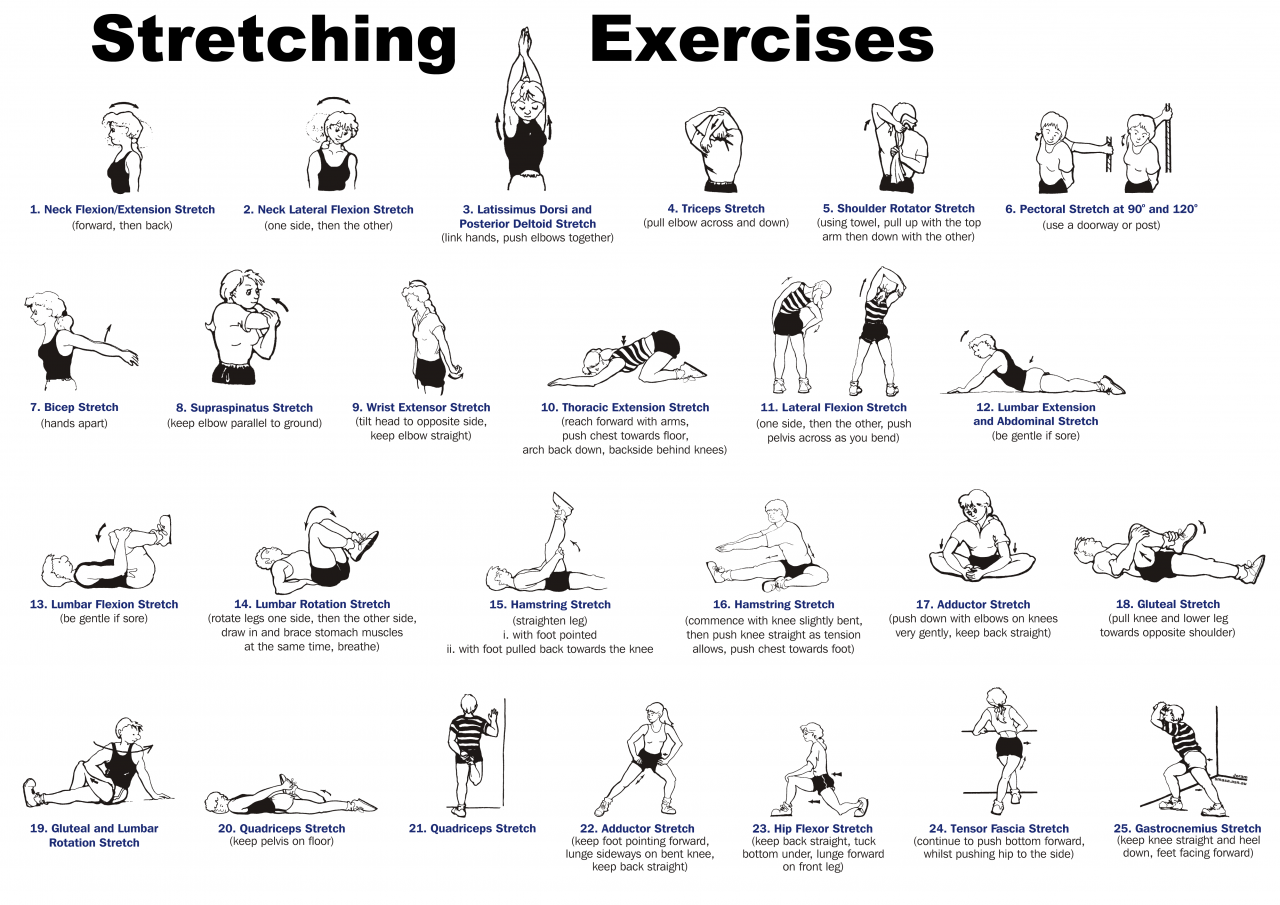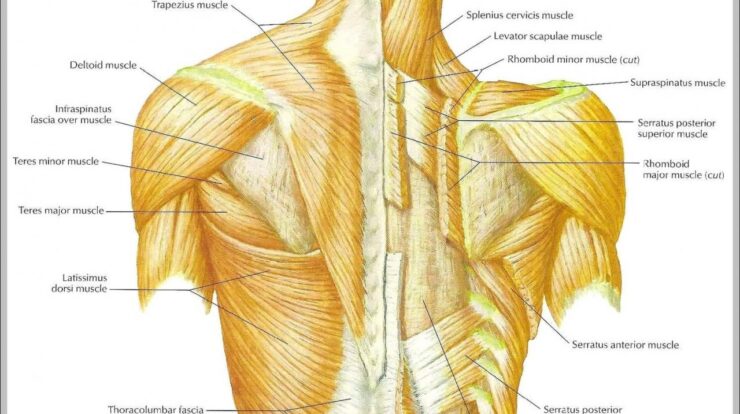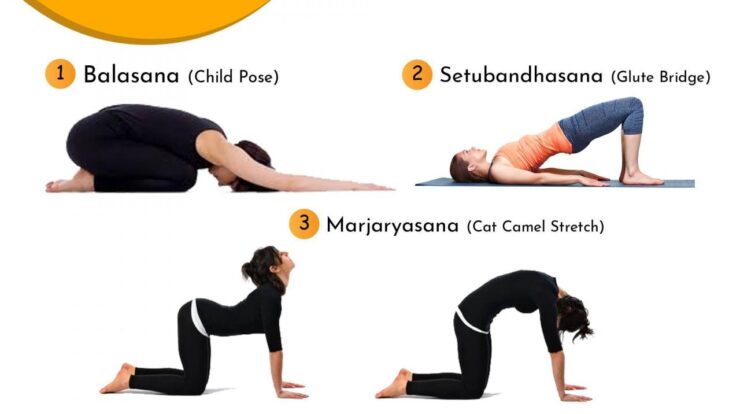
Explain why regular exercise is the best way to prevent flexibility issues. – Regular exercise is the best way to prevent flexibility issues. By engaging in regular physical activity, individuals can maintain and improve their range of motion, reducing the risk of stiffness, pain, and injuries. This article delves into the mechanisms behind how exercise enhances flexibility and provides practical tips for incorporating flexibility exercises into a workout routine.
Regular exercise helps maintain and improve flexibility by promoting physiological changes in muscles and joints. These changes include increased muscle length, elasticity, and range of motion. As muscles are stretched and strengthened through exercise, they become more pliable and less prone to tightness and stiffness.
Why Regular Exercise is the Best Way to Prevent Flexibility Issues: Explain Why Regular Exercise Is The Best Way To Prevent Flexibility Issues.

Regular exercise is the cornerstone of a healthy lifestyle, offering a myriad of benefits for both physical and mental well-being. Among its many advantages, regular exercise plays a pivotal role in preventing flexibility issues, ensuring optimal range of motion and overall mobility.
This article delves into the mechanisms behind exercise-induced flexibility improvements, highlighting its long-term impact and comparing it to other flexibility enhancement methods.
Benefits of Regular Exercise for Flexibility
Regular exercise helps maintain and improve flexibility by promoting muscle elasticity and increasing range of motion. Specific exercises, such as stretching, yoga, and Pilates, target different muscle groups, effectively improving overall flexibility. Incorporating flexibility exercises into a regular workout routine helps prevent muscle stiffness, reduces the risk of injuries, and enhances overall physical performance.
Mechanisms of Flexibility Improvement
Exercise induces physiological changes in muscles and joints that contribute to increased flexibility. Regular exercise stimulates the production of synovial fluid, which lubricates joints and reduces friction during movement. It also promotes muscle relaxation and reduces muscle tension, allowing for greater range of motion.
Additionally, exercise strengthens muscles, improving their ability to support and stabilize joints, leading to enhanced flexibility.
Long-Term Impact of Regular Exercise on Flexibility
Studies have shown that regular exercise has sustained benefits on flexibility over time. Individuals who consistently engage in flexibility exercises experience long-term improvements in range of motion and muscle elasticity. These benefits extend beyond the immediate post-exercise period, contributing to overall mobility and reducing the risk of age-related flexibility decline.
Comparison with Other Flexibility Enhancement Methods, Explain why regular exercise is the best way to prevent flexibility issues.
While regular exercise is an effective way to improve flexibility, it is not the only method available. Yoga, Pilates, and stretching are also popular options. Yoga combines physical postures, breathing exercises, and meditation, promoting flexibility, balance, and relaxation. Pilates focuses on core strength, flexibility, and posture improvement.
Across cultures, the bond between mothers and their children is celebrated. In Vietnam, the traditional greeting of “Happy Mother’s Day” here carries a special significance, reflecting the deep respect and love for mothers.
Stretching involves holding specific positions for an extended period, targeting specific muscle groups to enhance flexibility.
Whether it’s a heartfelt wish of “Happy Mother’s Day” here or a warm response of “Happy Mother’s Day to You Too” here , the spirit of motherhood is honored.
Practical Considerations for Regular Exercise
To effectively improve flexibility through regular exercise, it is recommended to incorporate flexibility exercises into a workout routine 2-3 times per week. Exercises should be held for 15-30 seconds, gradually increasing the duration as flexibility improves. Proper warm-up and cool-down before and after flexibility exercises are crucial to prevent injuries.
Additionally, avoiding overexertion and listening to your body’s signals is essential to ensure a safe and effective exercise experience.
In celebration of Mother’s Day, heartfelt greetings are shared around the globe. From the endearing words of “Happy Mother’s Day in German” here , to the heartwarming wishes of “Happy Mother’s Day from Snoopy” here , mothers are celebrated with love and appreciation.
Last Recap

In conclusion, regular exercise is an effective and sustainable way to improve and maintain flexibility. By incorporating flexibility exercises into a workout routine, individuals can enjoy the benefits of increased range of motion, reduced risk of injuries, and overall improved physical well-being.
Questions Often Asked
What are some examples of flexibility exercises?
Examples of flexibility exercises include static stretching, dynamic stretching, and yoga.
How often should I do flexibility exercises?
As Mother’s Day approaches, people worldwide prepare to express their gratitude and love for their mothers. In Germany, the traditional greeting of “Frohen Muttertag” (Happy Mother’s Day) will be exchanged, while in Vietnam, the heartfelt words of “Chúc mừng Ngày của Mẹ” will be spoken.
Snoopy, the beloved cartoon character, will also be spreading joy with his endearing “Happy Mother’s Day” messages. Meanwhile, those looking for the perfect words to convey their appreciation can explore the vast collection of happy mother’s day wishes available online.
And for those who want to share the warmth with their own mothers, the phrase “Happy Mother’s Day to You Too” can be a touching gesture.
Aim for at least 2-3 sessions of flexibility exercises per week.
Is it important to warm up before doing flexibility exercises?
Yes, warming up before flexibility exercises is crucial to prevent injuries and prepare the muscles for stretching.







